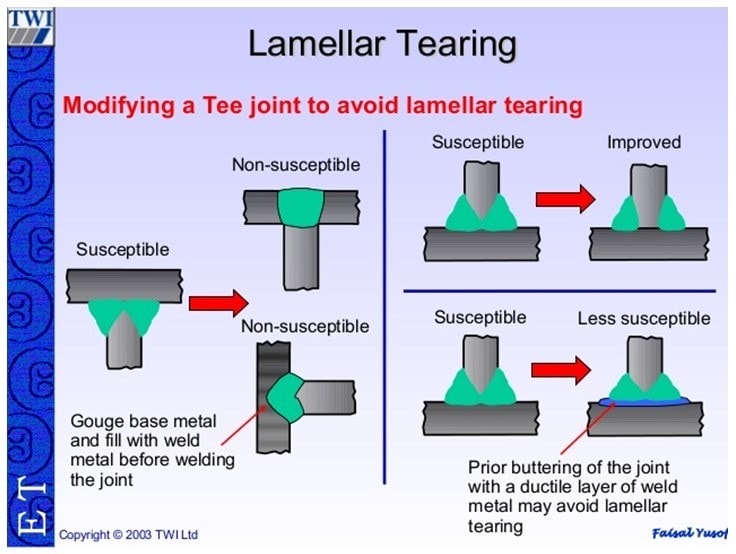Calling out CJP in the tail simply tells the shop that it needs to be a CJP weld. That's it. The shop will then decide what process they want to use to complete the weld.
As this is in the AISC forum I am going to run with the assumption that the weld is required to meet AISC / AWS D1.1. standards.
I would say its safe to say most shops would choose to use one of the prequalified welds that are in D1.1. If they choose a weld type that is made from both sides, yes backgouging would be required. If they choose a weld type that is made from one side, backgouging would not be required.
The shop *should* be creating shop drawings from your engineering drawings, this is where the CJP weld callout that you provided would be getting more detail, the shop drawing weld callout should show the groove preparation required, including angle, root opening, if there is backing, if it needs to be backgouged, etc.
If it is a CJP that is welded from both sides, the only way to know it was done correctly would be to UT it as you mentioned.
If the project documents don't specify any UT requirements, the bare minimum that would still apply (assuming AISC specifications were mentioned) would be:
Section N5.5 of AISC 360 (Steel Construction Manual) has the following requirements:
5. Nondestructive Testing of Welded Joints
5a. Procedures
Ultrasonic testing (UT), magnetic particle testing (MT), penetrant testing (PT), and
radiographic testing (RT), where required, shall be performed by QA in accordance
with AWS D1.1/D1.1M.
5b. CJP Groove Weld NDT
For structures in risk category III or IV, UT shall be performed by QA on all complete-
joint-penetration (CJP) groove welds subject to transversely applied tension
loading in butt, T- and corner joints, in material 5/16 in. (8 mm) thick or greater. For
structures in risk category II, UT shall be performed by QA on 10% of CJP groove
welds in butt, T- and corner joints subject to transversely applied tension loading, in
materials 5/16 in. (8 mm) thick or greater.
If you are getting into seismic requirements, then AISC 341 would also apply which has the following requirements:
2. NDT of Welded Joints
In addition to the requirements of Specification Section N5.5, nondestructive testing
of welded joints shall be as required in this section.
2a. CJP Groove Weld NDT
Ultrasonic testing (UT) shall be performed on 100% of complete-joint-penetration
(CJP) groove welds in materials c in. (8 mm) thick or greater. UT in materials less
than c in. (8 mm) thick is not required. Weld discontinuities shall be accepted or
rejected on the basis of AWS D1.1/D1.1M Table 6.2. Magnetic particle testing (MT)
shall be performed on 25% of all beam-to-column CJP groove welds. The rate of
UT and MT is permitted to be reduced in accordance with Sections J6.2g and J6.2h,
respectively.
Exception: For ordinary moment frames in structures in risk categories I or II, UT and
MT of CJP groove welds are required only for demand critical welds.

